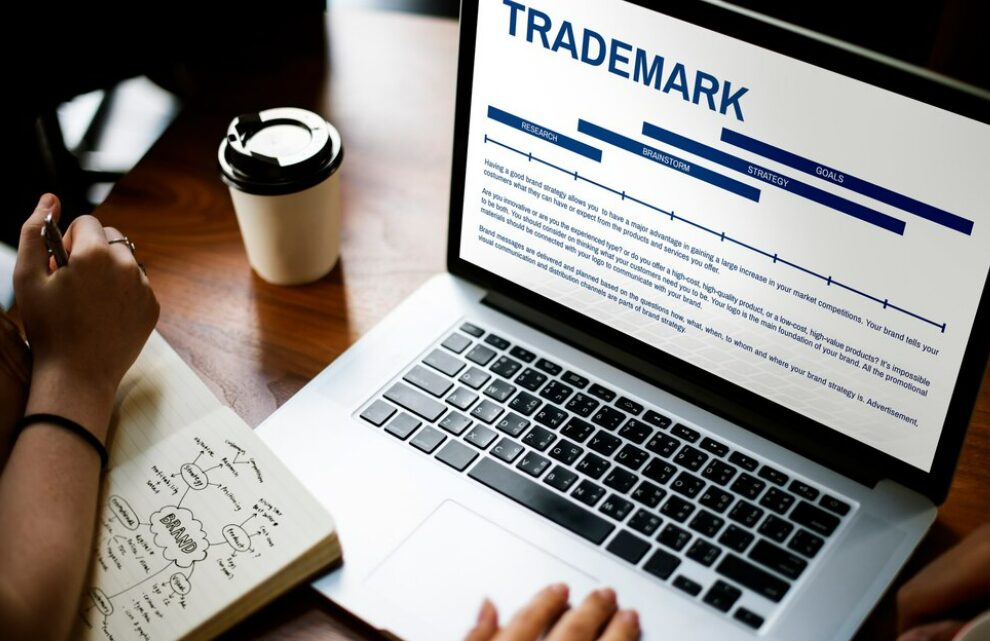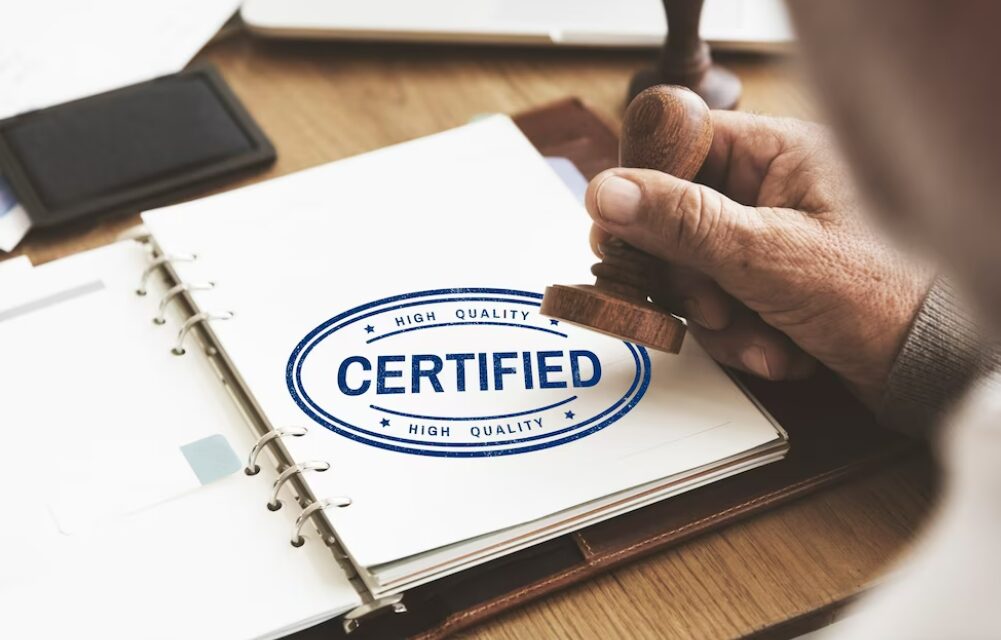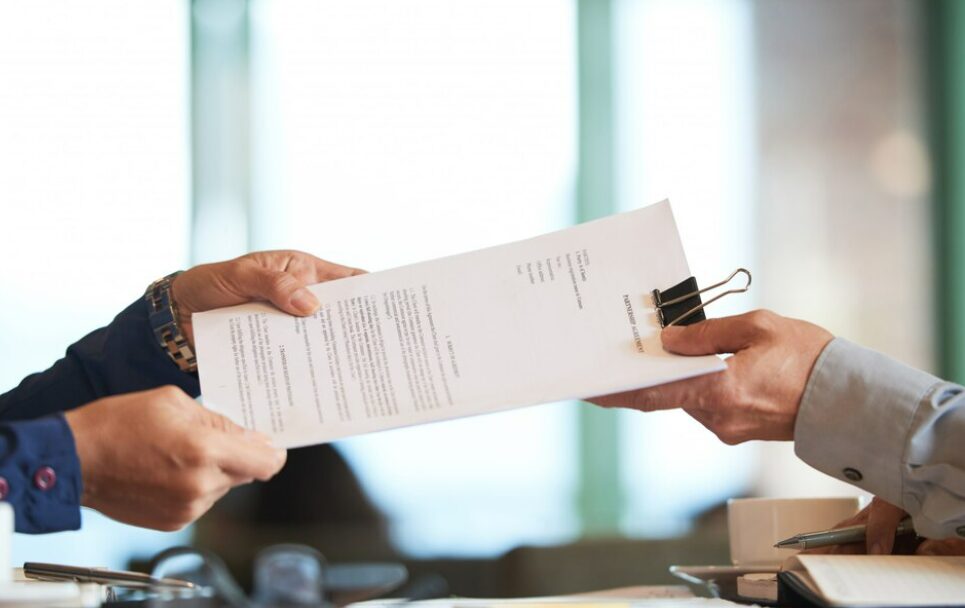Trademark Infringement
Trademark Infringement in Delhi occurs when someone uses a trademark that is identical or confusingly similar to a registered trademark for goods or services without authorization from the trademark owner. In India, trademark infringement is governed by the Trademarks Act, 1999. Here are some key points regarding trademark infringement in India. Contact us now

What Is Trademark Infringement in Delhi
Use of a Confusingly Similar Mark: Trademark Infringement in Delhi can occur when a person or business uses a mark that is confusingly similar to an existing trademark. This includes using identical or similar marks in connection with similar goods or services.
Likelihood of Confusion: The central issue in trademark infringement cases is whether the use of the allegedly infringing mark is likely to cause confusion among consumers about the source of goods or services. Factors considered in assessing likelihood of confusion include the similarity of the marks, the similarity of the goods or services, the strength of the trademark, and the degree of consumer care.
Types of Infringement: Trademark infringement can take various forms, including:
Direct Infringement: Occurs when someone uses an identical or confusingly similar mark without authorization.
Indirect Infringement: Occurs when someone engages in activities that facilitate or contribute to trademark infringement, such as distributing counterfeit goods or providing services using a trademark without authorization.
Contributory Infringement: Occurs when someone knowingly induces, causes, or materially contributes to trademark infringement by another party.
Vicarious Infringement: Occurs when someone has the right and ability to control the infringing activities of another party and derives a direct financial benefit from the infringement.
Enforcement: Trademark owners can enforce their rights against infringers through various legal means, including sending cease-and-desist letters, filing trademark infringement lawsuits in court seeking injunctive relief, monetary damages, and attorney’s fees, and pursuing administrative remedies such as trademark opposition or cancellation proceedings before the trademark office.
Defenses: Defenses to trademark infringement claims may include fair use (such as nominative use, comparative advertising, or descriptive fair use), lack of likelihood of confusion, genericness of the mark, abandonment, and laches (unreasonable delay in asserting trademark rights).
Types of Trademark Infringement
Direct Infringement: This occurs when someone uses a trademark that is identical or substantially similar to a registered trademark without authorization. The unauthorized use may involve the same or similar goods or services, leading to consumer confusion.
Indirect Infringement: Indirect infringement involves activities that indirectly contribute to trademark infringement. This can include the distribution, sale, or marketing of goods or services that bear an Trademark Infringement in Delhi, even if the party engaging in these activities is not the original infringer.
Counterfeit Goods: Trademark infringement can occur when counterfeit goods are produced and sold with unauthorized use of a trademark. Counterfeit products often mimic the appearance of genuine products, leading consumers to believe they are purchasing authentic goods
Gray Market Goods: Gray market goods, also known as parallel imports, are genuine products that are imported and sold through unauthorized channels. While the goods themselves are genuine, their sale may still constitute trademark infringement if they are sold without proper authorization from the trademark owner.
Online Infringement: With the rise of e-commerce and online marketplaces, trademark infringement has become prevalent on the internet. This can include unauthorized use of trademarks in domain names, metatags, keyword advertising, social media profiles, and online listings.
Comparative Advertising: While comparative advertising is permissible in many jurisdictions, it can sometimes lead to trademark infringement if the comparison is misleading or if the competitor’s trademark is used in a manner that could confuse consumers about the source or quality of the products or services.
Dilution: Trademark dilution occurs when the unauthorized use of a famous trademark diminishes the distinctiveness or reputation of the mark. Dilution can take the form of tarnishment (negative association) or blurring (diminished distinctiveness).
Trademark Takedown and Domain Name Infringement: In cases where trademarks are used in domain names or online content without authorization, trademark owners may pursue takedown requests under the Digital Millennium Copyright Act (DMCA) or similar legislation to remove infringing content from online platforms.
Cases of Trademark Infringement
McDonald’s Corporation v. Future Enterprises Pvt. Ltd.: In this case in India, McDonald’s sued Future Enterprises Pvt. Ltd., a local fast-food chain, for trademark infringement. Future Enterprises was operating under the name “MacDonald’s” which was deemed to be confusingly similar to McDonald’s. The court ruled in favor of McDonald’s, ordering Future Enterprises to cease using the infringing name.
Apple Inc. v. Samsung Electronics Co.: This high-profile case involved a series of lawsuits between Apple and Samsung over alleged patent and trademark infringement related to smartphone technology and design. Apple accused Samsung of infringing on its iPhone and iPad trademarks with its Galaxy line of smartphones and tablets. The litigation spanned multiple jurisdictions and resulted in significant legal battles and damages awarded to both parties in various courts around the world.
Louis Vuitton Malletier v. Haute Diggity Dog: In this case, Louis Vuitton, a luxury fashion brand, sued Haute Diggity Dog, a maker of pet toys, for trademark infringement. Haute Diggity Dog produced a line of dog toys designed to resemble famous luxury handbags, including Louis Vuitton’s trademarked designs. The court ruled in favor of Louis Vuitton, finding that Haute Diggity Dog’s products created a likelihood of confusion and constituted trademark infringement.
Nike, Inc. v. Nikepal International, Inc.: Nike, the athletic footwear and apparel company, has been involved in numerous trademark infringement cases worldwide. In one notable case, Nike sued Nikepal International, a distributor of counterfeit Nike products, for trademark infringement and counterfeiting. The court awarded substantial damages to Nike and issued injunctions against Nikepal International to prevent further infringement.
Lacoste v. Crocodile International Pte Ltd: Lacoste, the French fashion brand known for its crocodile logo, has been engaged in several trademark infringement battles over the use of its logo. In one case, Lacoste sued Crocodile International, a Singapore-based apparel company, for trademark infringement. The court ruled in favor of Lacoste, finding that Crocodile International’s use of a similar crocodile logo constituted trademark infringement.



Penalties or Punishment for Infringement of Trademark
Injunctions: One of the primary remedies in trademark infringement cases is the issuance of injunctions by courts. An injunction is a court order that prohibits the infringing party from continuing the unauthorized use of the trademark. Injunctions may require the infringer to immediately cease all infringing activities and may also prohibit future use of the trademark.
Damages: Trademark owners may be entitled to monetary damages as compensation for the harm caused by the infringement. Damages may include actual damages, which compensate the trademark owner for financial losses suffered as a result of the infringement, and profits derived from the infringing activities. In some cases, statutory damages may also be available as an alternative to proving actual damages.
Accounting of Profits: In addition to actual damages, courts may order the infringing party to account for any profits derived from the unauthorized use of the trademark. This involves providing a detailed financial accounting of the revenues generated from the infringing activities, which may be awarded to the trademark owner as additional compensation.
Seizure and Destruction of Infringing Goods: In cases involving counterfeit or infringing goods, courts may order the seizure and destruction of the infringing products. This helps prevent further distribution of counterfeit goods and protects consumers from purchasing counterfeit or inferior quality products.
Punitive Damages: In cases of willful or intentional trademark infringement, courts may award punitive damages in addition to compensatory damages. Punitive damages are intended to punish the infringing party for their wrongful conduct and deter others from engaging in similar behavior in the future.
Legal Costs and Attorney’s Fees: In many jurisdictions, courts may award attorney’s fees and legal costs to the prevailing party in trademark infringement lawsuits. This helps offset the expenses incurred by the trademark owner in enforcing their rights and pursuing legal action against infringers.
Criminal Prosecution: In cases of egregious or willful trademark infringement, criminal prosecution may be pursued by law enforcement authorities. Criminal penalties for trademark infringement may include fines, imprisonment, or both, depending on the severity of the infringement and applicable laws.
Procedure of Filing Suit for Trademark Infringement
Consultation with an Attorney: Before filing a lawsuit for trademark infringement, it’s advisable to consult with an experienced intellectual property attorney who can assess the merits of your case, evaluate your trademark rights, and advise you on the best course of action.
Pre-Litigation Investigation: Your attorney will conduct a thorough investigation to gather evidence of trademark infringement, including documenting instances of unauthorized use of your trademark by the infringing party.
Cease-and-Desist Letter: Before initiating formal legal action, your attorney may send a cease-and-desist letter to the infringing party, demanding that they stop using your trademark and comply with your demands to avoid litigation.
Drafting the Complaint: If the infringing party fails to comply with the cease-and-desist letter or if immediate injunctive relief is necessary, your attorney will draft a complaint outlining the allegations of trademark infringement, the legal basis for the claim, and the relief sought.
Filing the Lawsuit: The complaint, along with any necessary supporting documents, will be filed with the appropriate court having jurisdiction over the matter. The court will typically require payment of filing fees and adherence to specific procedural rules for filing the complaint
Service of Process: After the lawsuit is filed, the infringing party must be formally served with a copy of the complaint and summons, notifying them of the lawsuit and their legal obligations to respond to the allegations.
Responsive Pleading: The infringing party must file a responsive pleading, typically an answer, within a specified time frame after being served with the complaint. In their answer, the defendant may admit or deny the allegations of trademark infringement and assert any affirmative defenses.
Discovery: Discovery is the process by which both parties exchange information and evidence relevant to the lawsuit. This may include interrogatories, requests for production of documents, requests for admission, and depositions of witnesses.
Motion Practice: Both parties may file motions with the court seeking various forms of relief, such as summary judgment, dismissal of claims, or sanctions for discovery abuses
Trial Preparation: As the case progresses toward trial, both parties will engage in trial preparation activities, including witness preparation, development of trial exhibits, and formulation of trial strategy.
Trial: If the case proceeds to trial, both parties will present their arguments and evidence to the court, and a judge or jury will render a verdict based on the evidence presented.
Post-Trial Proceedings: After trial, the court will enter a judgment based on the outcome of the case. Depending on the judgment, either party may have the right to appeal the decision to a higher court.
Defenses Against Trademark Infringement
Lack of Likelihood of Confusion: Likelihood of confusion is a key element of Trademark Infringement in Delhi Defendants may argue that there is no likelihood of confusion between their mark and the plaintiff’s mark due to differences in the marks, goods or services, channels of trade, consumers, or other factors.
Descriptive Fair Use: Descriptive fair use occurs when a defendant uses a trademarked term in a descriptive manner to accurately describe the defendant’s own goods or services. If the defendant can demonstrate that the use of the trademark is necessary to describe their goods or services accurately and in good faith, it may constitute a valid defense against trademark infringement.
Nominative Fair Use: Nominative fair use allows the use of another party’s trademark to refer to the trademark owner’s goods or services for purposes such as comparative advertising, commentary, criticism, or parody. The defendant must show that the use of the trademark is necessary to identify the plaintiff’s goods or services accurately and does not imply endorsement or sponsorship by the trademark owner.
Genericness: If a trademark has become generic and is used to describe a category of goods or services rather than identifying a specific source, it may lose its trademark protection. Defendants may argue that the plaintiff’s mark has become generic and is therefore not entitled to trademark protection.
Abandonment: If the trademark owner has discontinued use of the mark or has failed to enforce its rights against infringers for an extended period, the defendant may assert the defense of abandonment. Abandonment occurs when the trademark owner voluntarily relinquishes its rights in the mark by not using it or by indicating an intent to abandon it.
Prior Use: Defendants may assert a defense based on their prior use of the trademark in commerce before the plaintiff’s registration of the mark. Prior use may establish the defendant’s superior rights to the mark in a particular geographic area or market segment.
Unclean Hands: If the plaintiff engaged in inequitable conduct or acted in bad faith in connection with the trademark registration or enforcement, the defendant may raise the defense of unclean hands. This defense may preclude the plaintiff from obtaining equitable relief or damages.
Fair Use Doctrine: In some jurisdictions, the fair use doctrine allows limited use of a trademark without permission from the trademark owner for purposes such as news reporting, commentary, criticism, teaching, or research.
How to Avoid Trademark Infringement
Conduct a Trademark Search: Before adopting a new trademark, conduct a comprehensive search to ensure that the proposed mark is not already in use by another party. This search should include not only registered trademarks but also unregistered trademarks and common law trademarks.
Consult with Trademark Attorneys: Seek guidance from experienced trademark attorneys who can assist with trademark searches, analyze the availability and registrability of the proposed mark, and provide advice on potential infringement risks.
Register Your Trademark: Consider registering your trademark with the relevant trademark office to obtain legal protection and exclusive rights to use the mark in connection with specific goods or services. A registered trademark provides stronger protection and can help deter potential infringers.
Avoid Similarity to Existing Trademarks: When developing a new trademark, avoid using marks that are confusingly similar to existing trademarks in the same or related fields. Conducting a clearance search and assessing the likelihood of confusion can help identify potential conflicts.
Respect Existing Trademarks: Be mindful of existing trademarks and avoid using them in a manner that could cause confusion or dilution of the rights of the trademark owner. Respect the rights of trademark owners and obtain permission or licenses when necessary
Monitor Trademark Usage: Regularly monitor the marketplace for unauthorized use of your trademarks by third parties. Implement monitoring systems, including online searches, trademark watch services, and monitoring of competitor activities, to detect potential infringement.
Educate Employees and Partners: Educate employees, contractors, distributors, and other business partners about the importance of trademark rights and the potential risks of infringement. Establish clear guidelines and policies for proper trademark usage and enforcement
Use Trademark Notices: Use trademark symbols (™, ®) to indicate the ownership and status of your trademarks. The ™ symbol can be used to claim rights to unregistered trademarks, while the ® symbol is reserved for registered trademarks.
Obtain Permissions and Licenses: Obtain permission or licenses from trademark owners before using their trademarks in connection with your goods or services. Licensing agreements should clearly define the scope of permitted use and any associated terms and conditions
Seek Legal Advice: If you have questions or concerns about potential trademark infringement issues, seek advice from qualified intellectual property attorneys who can provide guidance on compliance with trademark laws and regulations.
